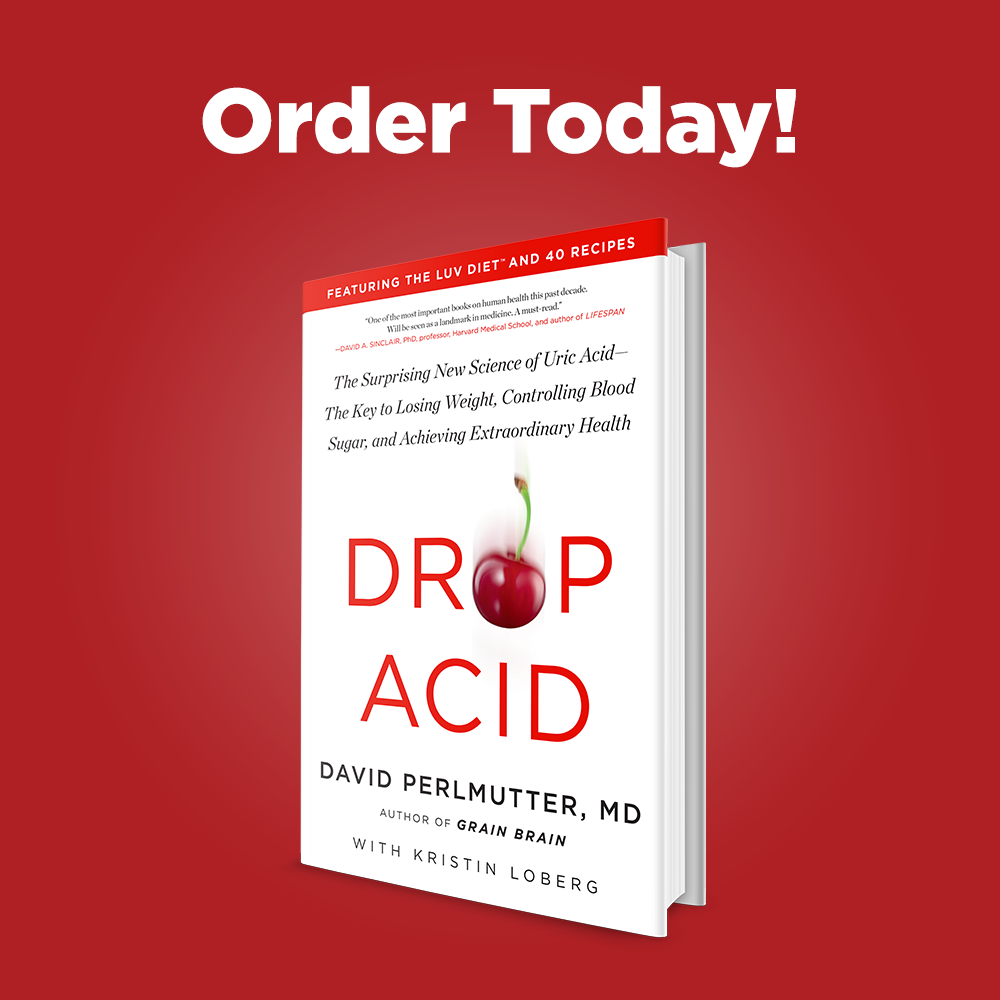Parkinson’s Increasing Dramatically – Not a Mystery

We are witnessing a staggering increase in the number of new Parkinson’s disease patients. Yes, Alzheimer’s incidence is on the rise, but what we are seeing as it relates to Parkinson’s disease is truly unprecedented. Between 1990 and 2015, the number of people diagnosed with Parkinson’s disease doubled. And that number may well double again by the year 2040, according to a new report in The American Scientist that provided the following graphic:
To be clear, these statistics are not explained by the fact that there are simply more older people. That would have a bearing, but not enough to account for what we are observing.
So, the question then becomes, what’s responsible for this increase? We know that repeated head trauma can lead to Parkinson’s, as we saw with Muhammed Ali. And we are certainly aware of various genetic factors that are associated with increased risk. But what is front and center in the Parkinson’s research literature is the dramatic increased risk of Parkinson’s disease in connection with exposure to various environmental hazards including air pollution, exposure to pesticides, and in particular, exposure to various industrial solvents that are widely used and even find their way into the very water we drink.
Lately, there has been a lot of interest in a particular industrial solvent, trichlorethylene (TCE), and this will be the subject of an upcoming Empowering Neurologist podcast.
Pesticide exposure has long been associated with Parkinson’s risk. As reported in the above cited article in the American Scientist,
Agricultural areas have the highest rates of Parkinson’s. In Nebraska, the rates of the disease are two to four times higher in the state’s rural, agricultural parts than in urban Omaha, according to a 2004 study in Movement Disorders. In Canada, investigators have found an almost perfect correlation between areas with the highest pesticide use and the highest rates of disease, as documented in a 1987 study in the Canadian Journal of Neurological Sciences
Farmers who are exposed to certain pesticides have a higher risk of developing the disease. In one 1998 study published in Neurology, the risk of developing the disease for farmers was 170 percent greater than that for nonfarmers. And the longer farmers have worked with pesticides, the greater their risk.
Pesticide risks are not limited to farmers. People who simply live in rural areas have high rates of Parkinson’s disease. These individuals may be exposed to pesticides in the air that can drift into residential communities. In addition, pesticides can contaminate groundwater or well water. Private wells are often shallow and may be especially at risk for contamination from nearby pesticides.
President Richard once stated: “What a strange creature man is that he fouls his own nest.”
Indeed, we are seeing the dramatic rise in Parkinson’s incidence as just one more consequence of this foolish behavior.
So, action points:
- Eat as organically as possible.
- Choose distilled water whenever possible.
- Don’t live near commercial agriculture.
- Avoid living near industry of any type.
- Do not use chemical pesticides in your vegetable garden or around your home.
- Wear appropriate head protection whenever there is a risk of head trauma.














